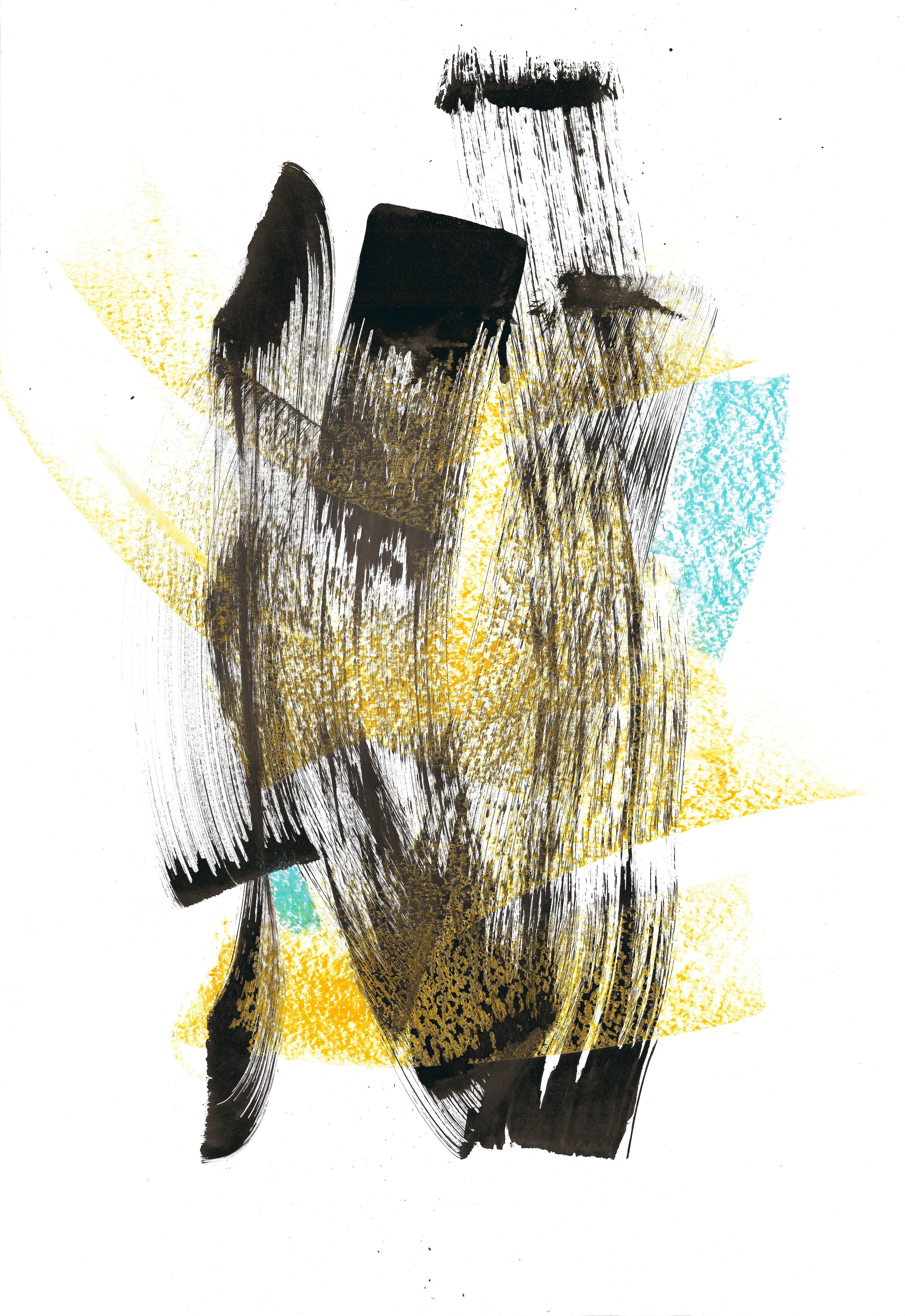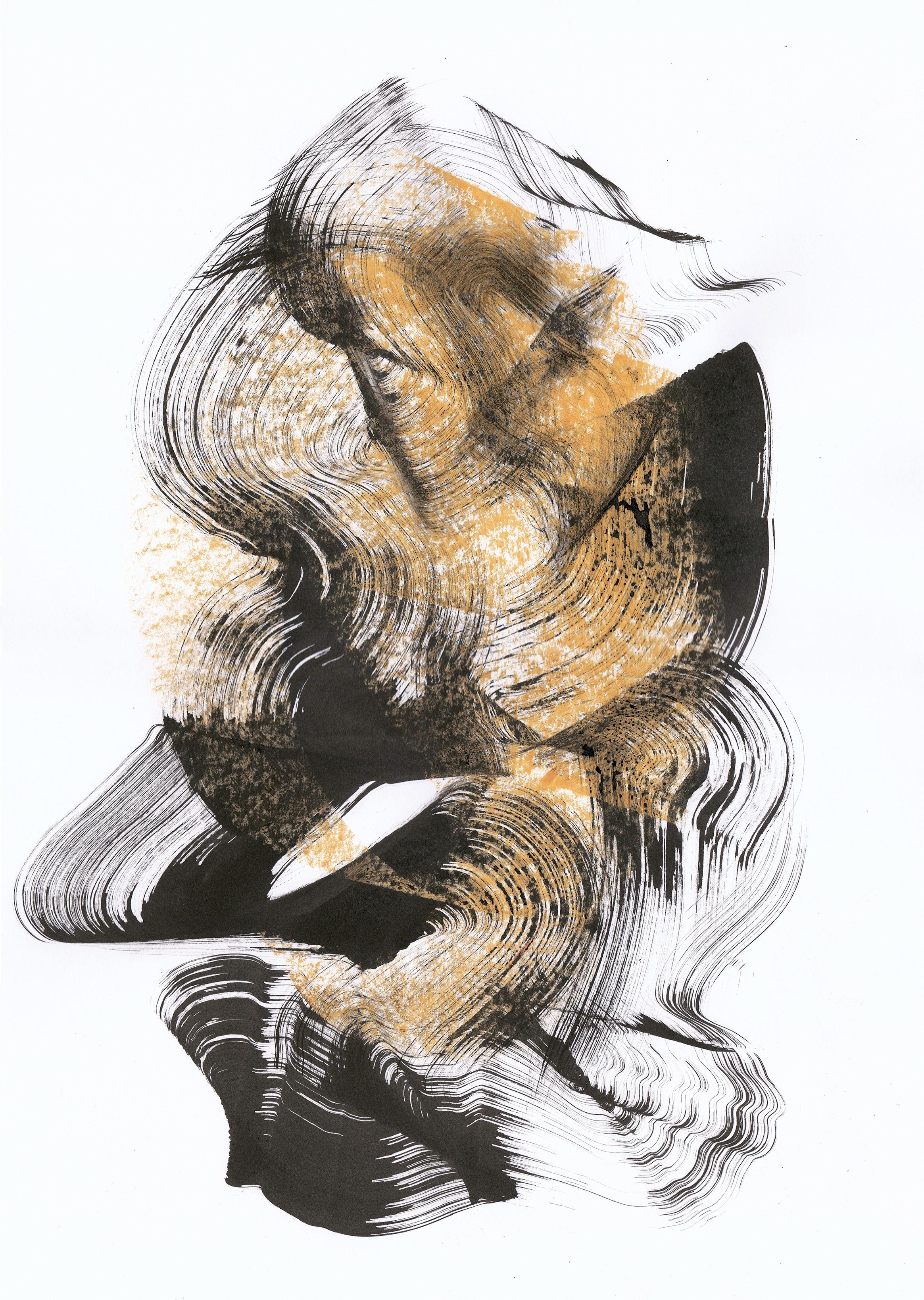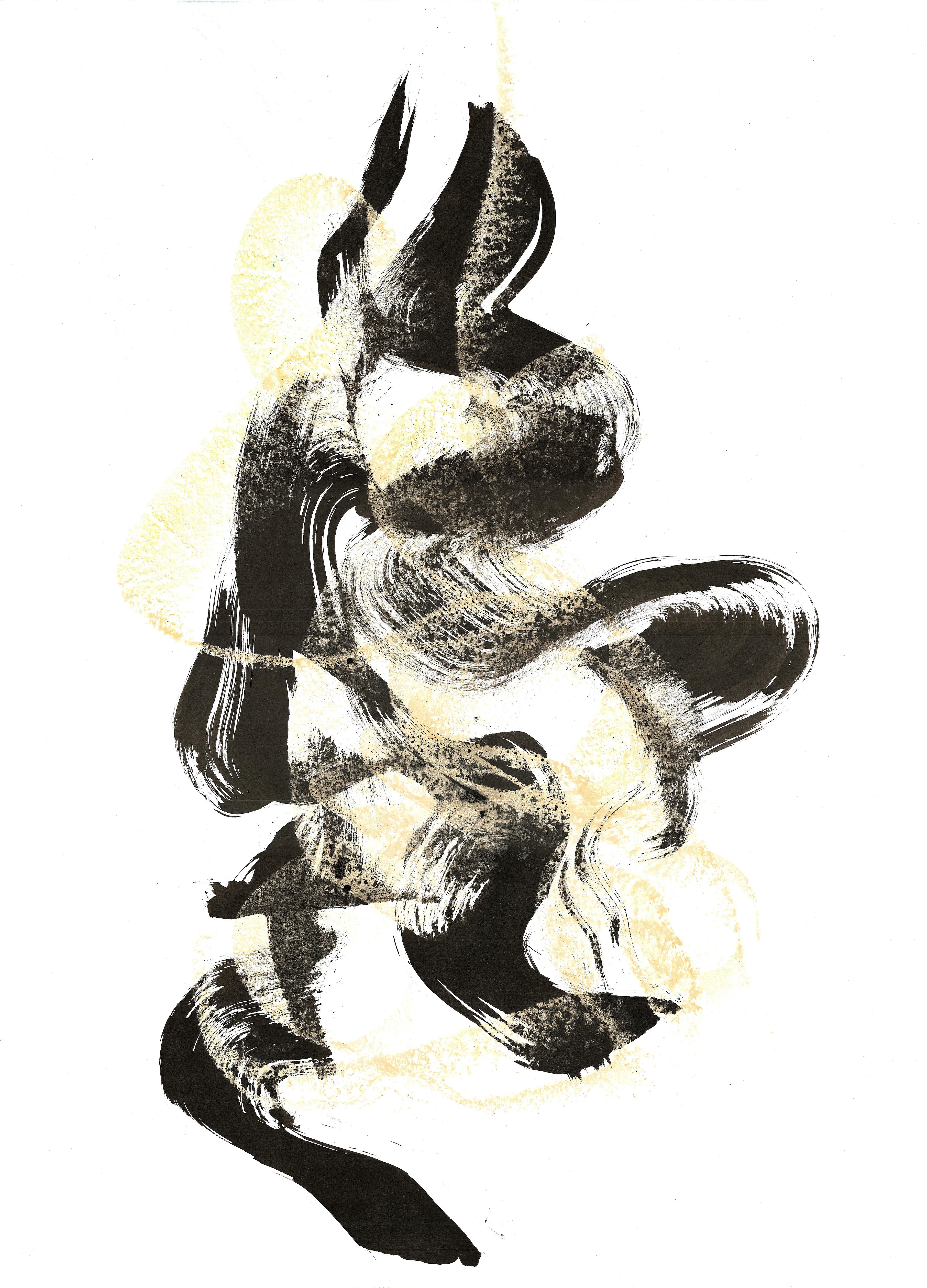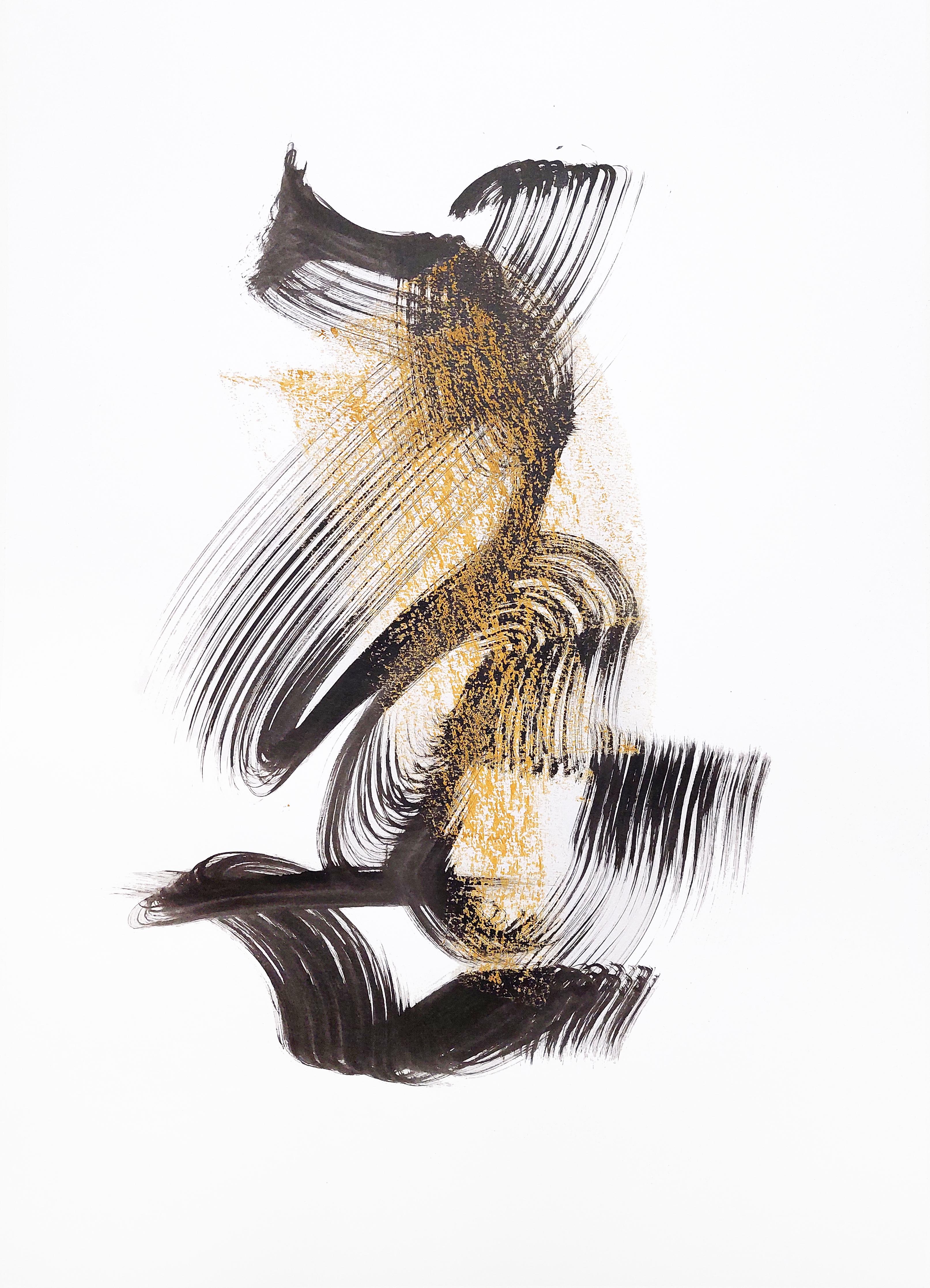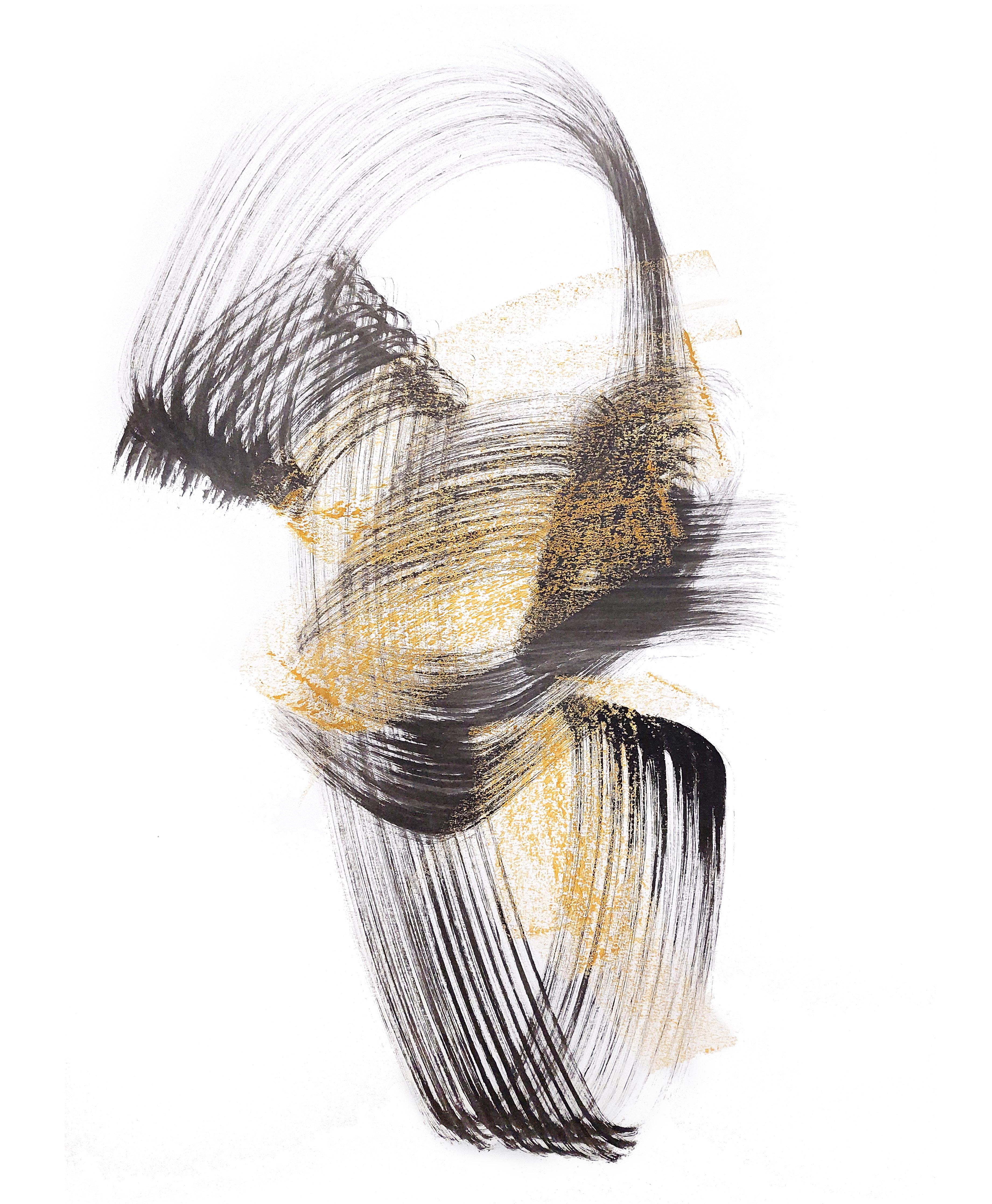Items Similar to untitled
Want more images or videos?
Request additional images or videos from the seller
1 of 5
Virginia Dehnuntitled20th century
20th century
About the Item
Unsigned
Authenticated verso by the artist's nephew, Andrew Lowe
Provenance:
Estate of the Artist
- Creator:Virginia Dehn (1922 - 2005, American)
- Creation Year:20th century
- Dimensions:Height: 20.5 in (52.07 cm)Width: 26.5 in (67.31 cm)
- Medium:
- Movement & Style:
- Period:
- Condition:
- Gallery Location:Fairlawn, OH
- Reference Number:
About the Seller
5.0
Recognized Seller
These prestigious sellers are industry leaders and represent the highest echelon for item quality and design.
Platinum Seller
These expertly vetted sellers are 1stDibs' most experienced sellers and are rated highest by our customers.
Established in 1978
1stDibs seller since 2013
713 sales on 1stDibs
Typical response time: 1 hour
Associations
International Fine Print Dealers Association
- ShippingRetrieving quote...Ships From: Fairlawn, OH
- Return PolicyA return for this item may be initiated within 10 days of delivery.
More From This SellerView All
- Untitled (Yellow, Gray and Pink)By Gene DavisLocated in Fairlawn, OHUntitled (Yellow, Gray and Pink) Pastel on paper, 1981 Signed and dated lower right Condition: Excellent Sheet size: 12 x 18 inches Frame size: 15 x 21 inches Provenance: Jan Cowles Jan Cowles was married to Gardner Cowles owner of Cowles Media Company (1935–1998) which owned newspapers, magazines and information publishing company based in Minneapolis, Minnesota in the United States. The company operated Cowles Business Media, Cowles Creative Publishing, and Cowles Enthusiast Media units. Owners of the Minneapolis Star-Tribune from 1935 to 1998, other newspapers owned at one time by Cowles Media and its affiliates included the Des Moines Register, the Buffalo Courier...Category
1980s Abstract Abstract Drawings and Watercolors
MaterialsPastel
- Untitled (Purple and Yellow)By Gene DavisLocated in Fairlawn, OHUntitled (Purple and Yellow) Pastel on paper, 1981 Signed and dated lower right Provenance: Collection of Jan Cowles Jan Cowles was married to Gardner Cowles owner of Cowles Media Company (1935–1998) which owned newspapers, magazines and information publishing company based in Minneapolis, Minnesota in the United States. The company operated Cowles Business Media, Cowles Creative Publishing, and Cowles Enthusiast Media units. Owners of the Minneapolis Star-Tribune from 1935 to 1998, other newspapers owned at one time by Cowles Media and its affiliates included the Des Moines Register, the Buffalo Courier...Category
1980s Abstract Abstract Drawings and Watercolors
MaterialsPastel
- UntitledBy Leon KellyLocated in Fairlawn, OHUntitled Pastel on paper, 1922 Signed with the artist's initials in pencil Provenance: Estate of the artist Francis M. Nauman (label) Private collection, NY A very early abstract/cubist work by Kelly. Created while the artist was studying with Arthur Carles in Philadelphia. Leon Kelly (October 21, 1901 – June 28, 1982) was an American artist born in Philadelphia, PA. He is most well known for his contributions to American Surrealism, but his work also encompassed styles such as Cubism, Social Realism, and Abstraction. Reclusive by nature, a character trait that became more exaggerated in the 1940s and later, Kelly's work reflects his determination not to be limited by the trends of his time. His large output of paintings is complemented by a prolific number of drawings that span his career of 50 years. Some of the collections where his work is represented are: The Metropolitan Museum in New York, The Whitney Museum of American Art, the Museum of Modern Art, the Philadelphia Museum of Art, and Boston Public Library. Biography Kelly was born in 1901 at home at 1533 Newkirk Street, Philadelphia, PA. He was the only child of Elizabeth (née Stevenson) and Pantaleon L. Kelly. The family resided in Philadelphia where Pantaleon and two of his cousins owned Kelly Brothers, a successful tailoring business. The prosperity of the firm enabled his father to purchase a 144-acre farm in Bucks County PA in 1902, which he named "Rural Retreat" It was here that Pantaleon took Leon to spend every weekend away from the pressures of business and from the disappointments in his failing marriage. Idyllic and peaceful memories of the farm stayed with Leon and embued his work with a love of nature that emerged later in the Lunar Series, in Return and Departure, and in the insect imagery of his Surrealist work. "If anything," he once said,"I am a Pantheist and see a spirit in everything, the grass, the rocks, everything." At thirteen, Leon left school and began private painting lessons with Albert Jean Adolphe, a teacher at the School of Industrial Art (now the University of the Arts) in Philadelphia. He learned technique by copying the works of the old masters and visiting the Philadelphia Zoo, where he would draw animals. Drawings done in 1916 and 1917 of elephants, snakes and antelope, as well as copies of old master paintings by Holbein and Michelangelo, heralded an impressive emerging talent. In 1917, he studied sculpture with Alexander Portnoff but his studies came to an abrupt halt with the start of World War I. Being too young to enlist, he joined the Quartermaster Corp at the Army Depot in Philadelphia, where he served for more than a year loading ships with supplies and, along with other artists, working on drawings for camouflage. By 1920, the family's fortunes drastically changed. His father's business had failed due to the introduction of ready made clothing and his marriage, unhappy from the beginning, dissolved. Broken by circumstance Pantaleon left Philadelphia to begin a wandering existence looking for work leaving Leon to support his mother and grandmother. He found a job in 1920 at the Freihofer Baking Company where he worked nights for the next four years. Under these circumstances Leon continued to develop his skills in drawing and painting and learned of the revolutionary developments in art that were taking place in Paris. During the day he was granted permission to study anatomy at the Philadelphia School of Osteopathy where he dissected a cadaver and perfected his knowledge of the human figure. He also met and studied etching with Earl Horter, a well known illustrator, who had amassed a significant collection of modern art which included work by Brancusi, Matisse, and Cubist works by Picasso and Braque. Among the artists around Horter was Arthur Carles, a charismatic and controversial painter who taught at the Pennsylvania Academy of Fine Arts. Leon enrolled in the Academy in 1922, becoming what Carles described as, "his best student". In the next three years Leon work ranged from academic studies of plaster casts, to pointillism, to landscapes of Fairmount Park in Philadelphia, as well as a series of pastels showing influences from Matisse to Picasso. Clearly influenced by Earl Horter's collection and Arthur Carles he mastered analytical cubism in works such as The Three Pears, 1923 and 1925 experimented with Purism in Moon Behind the Italian House. In 1925 Kelly was awarded a Cresson Scholarship and on June 14 he left for Europe. Paris The first trip to Europe lasted for approximately three and a half months and introduced Kelly to a culture and place where he felt he belonged. Though he returned to the Academy in the Fall, he left for Europe again a few months later to begin a four-year stay in Paris. He moved into an apartment at 19 rue Daguerre in Paris and began an existence intellectually rich but in creature comforts, very poor. "I kept a cinderblock over the drain in the kitchen sink to keep the rats out of the apartment" he once explained. He frequented the cafes making acquaintances with Henry Miller, James Joyce and the critic Félix Fénéon as well as others. His days were split between copying old master paintings in the Louvre and pursuing modernist ideas that were swirling through the work of all the artists around him. The Lake, 1926 and Interior of the Studio, 1927, now in the Newark Museum. Patrons during this time were the police official Leon Zamaran, a collector of Courbets, Lautrecs and others, who began collecting Kelly's work. Another was Alfred Barnes of the Barnes Collection in Philadelphia. In 1929 Kelly married a young French woman, Henriette D'Erfurth. She appears frequently in paintings and drawings done between 1928 and the early 1930s. Philadelphia The stock market crash of 1929 made it impossible to continue living in Paris and Kelly and Henriette returned to Philadelphia in 1930. He rented a studio on Thompson Street and began working and participating in shows in the city's galleries. Work from 1930 to 1940 showed continuing influences and experimentation with the themes and techniques acquired in Paris as well as a brief foray into Social Realism. The Little Gallery of Contemporary Art purchased the Absinthe Drinker...Category
1920s Abstract Abstract Drawings and Watercolors
MaterialsPastel
- UntitledBy Leon KellyLocated in Fairlawn, OHUntitled Pastel on paper, 1922 Initialed and dated lower right (see photo) Exhibited: Francis Nauman, Leon Kelly: Draftsman Extraordinaire, New York, April 4 - May 23, 2014. Provenance: Estate of the Artist The Orange Chicken...Category
1920s Abstract Abstract Drawings and Watercolors
MaterialsPastel
- UntitledBy Leon KellyLocated in Fairlawn, OHUntitled Pastel on paper, 1922 Initialed lower right (see photo) Exhibited: Francis Nauman, Leon Kelly: Draftsman Extraordinaire, New York, April 4 - May 23, 2014. Condition: excellent Image size: 11 8 7/8 inches Frame size: 18 1/4 x 16 1/4 inches Provenance: Estate of the artist The Orange Chicken...Category
1920s Abstract Abstract Drawings and Watercolors
MaterialsPastel
- Prelude to TransitionBy Benjamin G. BennoLocated in Fairlawn, OHPrelude to Transition Pastel on paper, 1953 Signed and dated lower left (See photo) Image size: 10 1/2 x 13 3/4 inches Frame size: 24-5/8 x 1-1/2 inches Exhibited and Illustrated: Z...Category
1950s Abstract Abstract Drawings and Watercolors
MaterialsPastel
You May Also Like
- Abstract Pastel Crayon Drawing Color Abstract, Seasonal Letter John Von WichtLocated in Surfside, FLProvenance: Virginia Field, arts administrator; New York, N.Y. Assistant director for Asia House gallery. (she was friends with John von Wicht, Bernard Childs, John Ford and Andy Warhol) Johannes Von Wicht was born in Holstein, Germany on February 3, 1888. His mother moved the family to Oldenburg when Von Wicht was in elementary school and he began to visit the artist Gerhard Bakenhus. Von Wicht’s mother had arranged for him to apprentice at the studio of master painter F.W. Adels. There he learned to prepare paints with linseed oil and later commented on the lasting impression of colors throughout his career. Interior of a Farmhouse was his first painting completed in 1907. Gerhard Bakenhus was able to include the painting to in the Bremer Kunsthalle exhibition in 1908. Due to the critical success of this piece Von Wicht was accepted to the private art school of the Grand Duke of Hesse in Darmstadt. Fundamental themes of simplicity, nature, and poetry were instilled in the students. The students also studied ancient art, Chinese and Japanese calligraphy, as well as Mathias Grünewald, Albrecht Dürer, Martin...Category
Mid-20th Century Abstract Expressionist Abstract Drawings and Watercolors
MaterialsCrayon, Pastel
- Abstract Emotional Brush Painting. Joyful ImpulseLocated in Zofingen, AG"Joyful Impulse" is an improvised impulsive drawing conveys an impulse born in the space of sensations. Artwork is done in ink and ocher pastel on thick white paper. "Every time ...Category
2010s Abstract Expressionist Abstract Drawings and Watercolors
MaterialsPaper, Pastel, Ink
- Abstract calligraphic brush drawing. Intuitive Zen Art. Movement PatternLocated in Zofingen, AGWhen I painted this intuitive drawing, I imagined my brush dancing in a white room. Golden sunlight pours from the window. A feeling of happiness is in the air. "Movement Pattern" is...Category
2010s Abstract Expressionist Abstract Drawings and Watercolors
MaterialsPaper, Pastel, Ink
- Abstract Monochrome Brush Drawing. StreamletLocated in Zofingen, AG"Streamlet" is an improvised gestural drawing conveys an impulse born in the space of sensations. Artwork is done in ink and ocher pastel on thick white paper. "Every time I draw...Category
2010s Abstract Expressionist Abstract Drawings and Watercolors
MaterialsPaper, Pastel, Ink
- Abstract Calligraphic Brush Drawing. Free flow movementLocated in Zofingen, AG"Free flow movement" is an improvised gestural drawing conveys an impulse born in the space of sensations. Artwork is done in ink and ocher pastel on thick white paper. "Every time ...Category
2010s Abstract Expressionist Abstract Drawings and Watercolors
MaterialsPaper, Pastel, Ink
- Abstract Calligraphic Brush Drawing. Combing SoundLocated in Zofingen, AG"Combing Sound" is an improvised gestural drawing conveys an impulse born in the space of sensations. Artwork is done in ink and ocher pastel on thick white paper. "Every time I draw such abstract lines, a flow of energy moves my hand. I paint very fast to give the spontaneous flow as much space as possible. I never know what the result will be. The process of spontaneous drawing is a kind of magic that turns an invisible impulse into a reflection on paper. I feel the vibration in and around my palms and enjoy this dance of vibrations every time I paint. Each drawing is unique and one of a kind." Sve Gri...Category
2010s Abstract Expressionist Abstract Drawings and Watercolors
MaterialsPaper, Pastel, Ink

